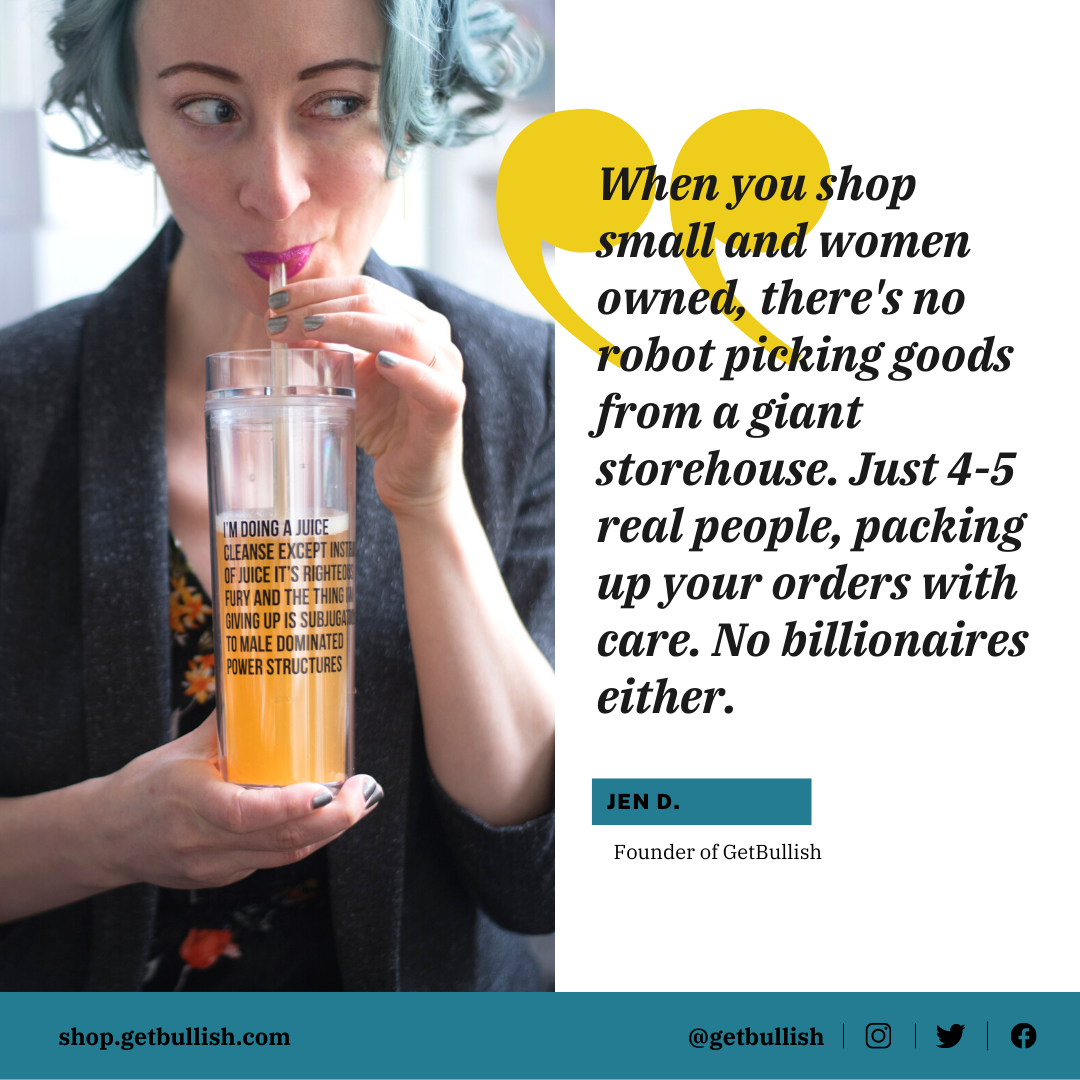I learned from Bust magazine sometime in the last couple of years that, in the 1950s, young women who hoped to one day get married would register, through ads in the backs of magazines, with companies that made different patterns of silverware. They’d sign up for a particular pattern and hope to receive forks, spoons, and knives for their various birthdays, until they had collected the whole set. As a token of having committed to forward-thinking silverware collecting, the company would send them a tiny pin — as in, a brooch that is a spoon. You wear it on your clothes. To announce to the whole world that you are collecting silverware for your future marriage.
Tied in with this attitude is the idea of the hope chest — typically a wooden trunk given to a young woman by her family, and in which she collects linens and other household goods that she will use once married. Sometimes she sews her own sheets! In a social milieu in which you might expect to have babies early and often, it probably made sense to get the sheet-sewing done while you still had some time on your hands.
Today, of course, this seems unreasonable. Are you going to lug your hope chest off to college, and then to the various apartments you live in with roommates throughout your early twenties? Are you supposed to keep your marital dishes pristine? Should you have been trimming your own tablecloth whilst studying for the APs? And if so, was your future spouse — just to be fair — glazing a gravy boat in the pottery studio?
In modern times, the hope chest is the near-exclusive province of evangelical Christians. Evangelical blogs are full of accounts of young women (“daughters serving at home”) picking up items in thrift stores for their hope chests. This page contains a letter about hope chests that begins “Dear Handmaidens” (and it’s not a Margaret Atwood reference). Another site that discusses hope chests is written by an author whose bio reads “Her greatest desires (other than striving to be more Christ-like with each passing day) are to be a wife, a mother, and a joyful keeper-at-home. But until that time, she remains a contented maiden who delights in the covering (headship) of her father.”
Creepy! In mainstream culture, however, here are some things that make a modern, secular woman look batshit-crazy:
* Owning dishes that you refuse to eat off of, because you are saving them for after you meet your husband.
* Buying a wedding dress when you are not engaged, even if it’s a great deal that will never come again.
* Picking up baby clothes on sale and tucking them away for later, when you have a baby.
I thought about this when I was shopping on the Ann Taylor website, where I buy a lot of very businesslike dresses. Ann Taylor also sells lovely, simple wedding dresses for about $500. After I bought yet another sharp gray asskicking dress, Ann Taylor sent me a certificate for 30% off any one item, and I’m thinking, If I use this to buy a wedding dress, I will have to hide it in a box in another box in a suitcase in the top of the closet and TELL NO ONE.
But why? If you decided that there was a pretty good chance you wanted to go to graduate school — provided you found the right school — everyone would think that you were very smart for saving money, planning ahead, shopping for the used car you’ll use to get around the University of Wisconsin, etc. Planning ahead is intelligent, and graduate school is a major life change with many associated expenses. In fact, you’d be quite foolish if you upended your entire lifestyle and didn’t plan a thing until you arrived on campus.
So, it’s not exactly fair that — despite the fact that about 75% of American women ultimately marry and about 80% have children — planning for these things insofar as actually collecting physical objects related to your desired future is heavily stigmatized, so much so that possessing a wooden box hopefully filled with baby clothes and a handmade bridal veil is considered the dating equivalent of trying to pick up a guy in a bar with actual screaming babies emerging from your vagina every ten minutes.
Of course, it’s not just a trousseau that will come in handy for one’s desired future. A hell of a lot of money would also be useful — yet even those who love to imagine being pretty-pretty-princess brides rarely plan rationally for the event. Ramit Sethi, author of I Will Teach You to Be Rich (a personal finance book aimed at twentysomethings) writes, “The average wedding costs about $28,000. Because we know the average wedding age is twenty-seven for men and twenty-six for women, you can figure out exactly how much you need to be saving, assuming you want to pay for it without help or debt: If you’re twenty-five years old, you need to be saving more than $1,000/month for your wedding. If you’re twenty-six, you should be saving more than $2,300/month.”
Did that make you laugh hysterically? Of course no one saves that much for a wedding, especially without actually being engaged. And this, of course, is how couples end up beginning their married lives mired in debt, spending years paying off filet mignon for sixty. Again, if you were planning to get $28,000 masters degree, you would plan ahead, without fear of embarrassment.
Sethi also points out that virtually everyone who says, “Oh, that’s ridiculous — MY wedding will be simple and elegant and cost much less” ends up — after making dozens of individual decisions leading up to their special day — having a wedding that costs tens of thousands of dollars. When presented with the options: either have a cheaper wedding, sit back and do nothing and go into debt, or start budgeting and saving, virtually everyone picks the last option — but no one’s actually saving anything. “More commonly, though, we don’t think about this at all: one of the most major expenditures of our lifetimes, which will almost certainly arrive in the next few years, and we don’t even sit down for ten minutes to think about it. Something’s broken here.”
We live in a dating culture in which modern, secular women are supposed to work hard on their educations and careers, and are sort of expected to want marriage and children — but not so badly as to repel men or actually, you know, move forward towards those things the way you would with any other goal. Are there men out there who would enjoy meeting a woman who has saved money for her own wedding and, say, saved a box of baby clothes from her older sister’s kids, just in case? Probably. Probably the same kind of men who are really good at getting a reliable used car for under blue book value and then leasing it to themselves from their own company for the tax benefits.
So, I like to plan. I recently told a company I work for that I would be willing to spend 3-6 months abroad in late 2012 in order to teach classes in a new location. Why late 2012? Because that’s when my lease ends, following which I will put my things in storage, teach the GMAT in Bangalore or Dubai, and then come back to the States and buy an apartment in Long Island City. I’m a planner.
I thought about all of this last summer when I was cleaning out my closet and discovered a few of those big, silky blousy tops that were popular a couple years ago and that guys hated because they pretty much just made you look pregnant, or like you were swimming in a bejeweled tent. So, I saved those for when I actually get pregnant. Yep, I have a pregnant-clothing shelf. I’m coming out of the closet, so you can, too.
I’m certainly not suggesting that everyone should get married and have children, or that those two things go together, or that they go together in that order. Do whatever the hell you want with your life. Just know what that is. And if something is good enough for you to want it, then it’s good enough to plan for, without fear of social stigma. (And if smart planning repels immature man-boys, then so much the better!)
A modern woman’s hope chest may take the form of an ING account — or a bargain wedding dress stashed in a closet — but just because your dad isn’t in the business of protecting your chastity doesn’t mean it makes sense to completely ignore the massive expenses and major life changes that are likely in your semi-near future. Or, you know, if you want a wooden box full of spoons, that’s cool, too.
originally published on The Gloss









